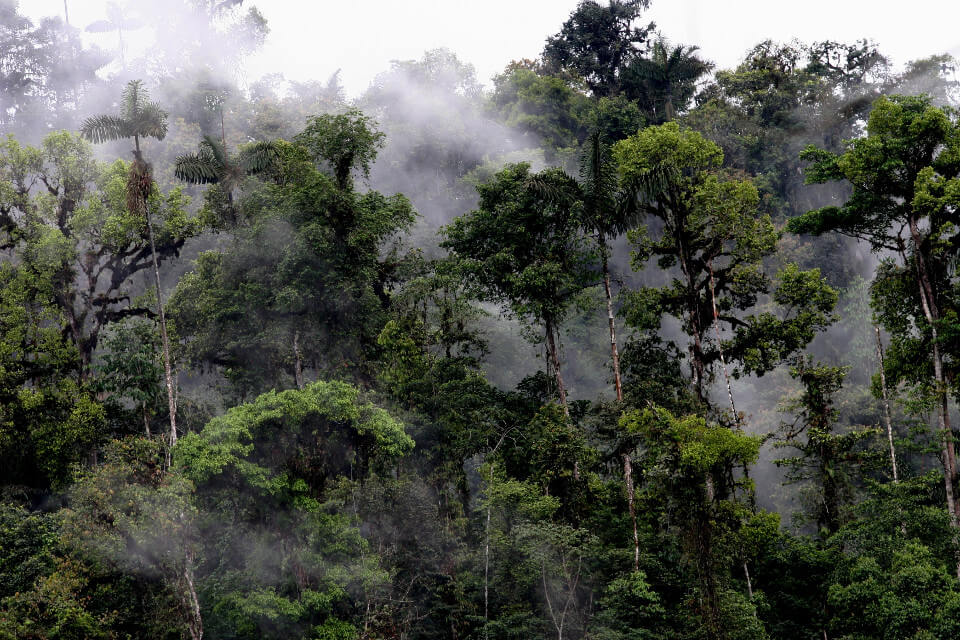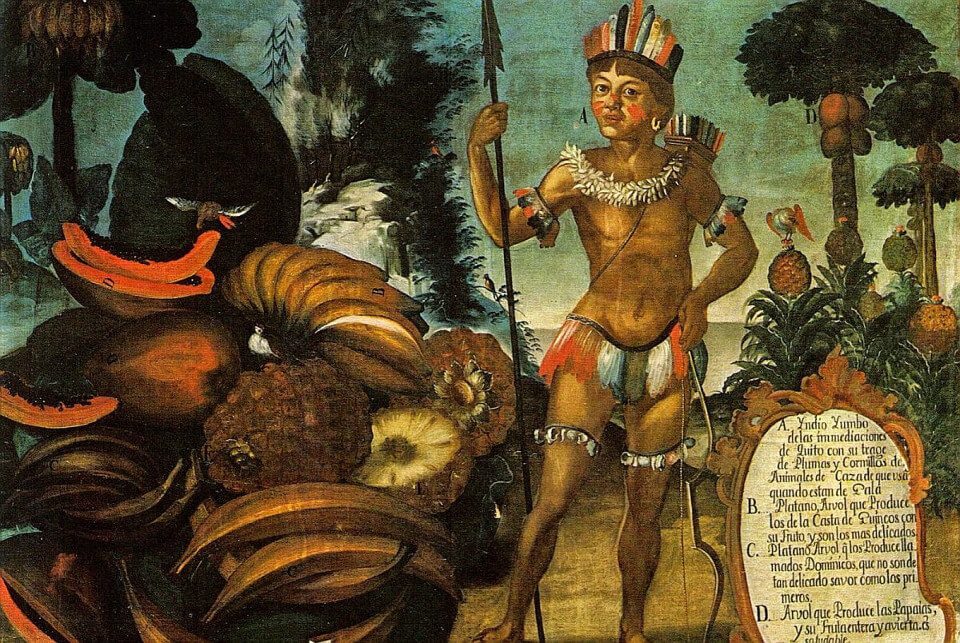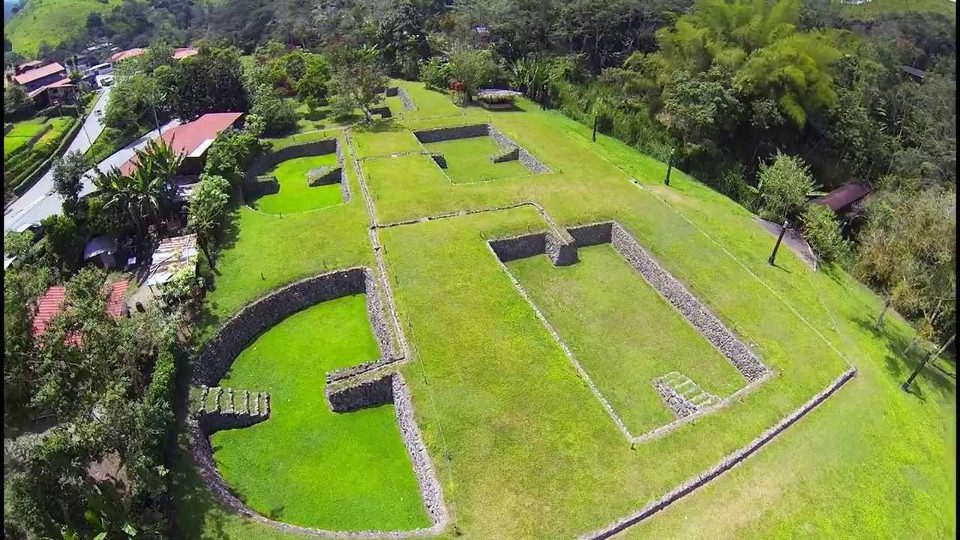It’s not uncommon for visitors to think that Ecuador’s native culture is purely Incan. But even though its not entirely erroneous thinking, it’s not necessarily the whole story. Before the arrival of the Inca Empire, Ecuador was already occupied by several developed groups that lived under their own social organizations, had their own system of beliefs and abided by their own rules of commerce. Perhaps less developed than the Incas in engineering, warfare and politics, pre-Incan tribes had a relevant role in Ecuador’s history and the Yumbos, a now extinct tribe located in the heart of the Ecuadorian cloud forest, were key in the development of the region. During your visit to Mashpi Lodge it’s likely that one of your guides will mention the Yumbos at some point. Read on to learn more about this group, whose history is still hidden underneath the forest.

The Yumbo Network
The Yumbo society dates back to approximately 1500 to 800 a.D. With their power concentrated around the area of Tulipe – an archaeological site where you will stop while on your way to Mashpi Lodge – the Yumbos were known to be a peaceful people, dedicated to agriculture and trade. Even before the arrival of the Incas (who managed to create a unified Andean corridor) the Yumbos had managed to unite Ecuador’s Northern coast, highland and amazon regions by means of a complex network of roads carved into the jungle’s floor and hidden amidst the vegetation. By no means intentional, it was perhaps the closest thing ever to the idea of Ecuadorian territory. Despite not being united by one political system or language, it was strongly aware of the existence of other groups with which they could coexist with and benefit from.
Often regarded as a lesser and more primitive group – that consisted of sorcerers and witches even – due to their rugged jungle “look” and the vast knowledge about natural medicine they carried with them, Yumbos actually managed to expand from Quito’s northwestern cloud and rain forests all the way down to the coast. This expansion was not only due to their roads (called culuncos) but also because of their truncated pyramids, called tolas. It was atop these pyramids that those with the highest social status would build their homes. These artificial pyramids served many purposes in addition to displaying social status as they also prevented homes from flooding during the rainy seasons. They also served as lookout points from which to observe their surroundings and check for possible dangers.
TALK TO A DESTINATION EXPERT

Diego Zapata

Rosa Mena

Sandy Lara

Diego Zapata

Rosa Mena

Sandy Lara
The Extinction of the Yumbos
Prior to the arrival of the Incas, the Yumbo population consisted of approximately 12,000 people – a high number for those times. However, it wouldn’t be long before the arrival of the Incas and then the Spanish that their population would decrease exponentially. Exposed to European diseases (against which they had no defense) and after a series of eruptions from the neighbouring Pululahua and Guagua Pichincha volcanoes (which managed to cover the region in ash), the Yumbos were decimated by the hundreds and thousands. It is thought that the few that were left decided to leave the region and head for towns and lands where they could still thrive, such as present-day Santo Domingo de los Colorados, which is believed to have also been an important Yumbo centre.

Yumbo or Inca?
During your transfer from Quito to Mashpi Lodge, you will drive through a lush region under which hundreds of tolas are still hidden, reminding us of the true Ecuadorian roots that shaped this territory prior to the Inca’s unifying politics and the intervention of the Europeans. A museum explaining the Yumbos’ history more in detail is located at the Tulipe archaeological site, where guests will have a pit stop before continuing onwards to the Mashpi Reserve. You can always ask your guide to give you a tour of the amazing site, where you will be able to examine ceremonial pools that have been strategically located to coincide with astronomical points in the sky. It is a place that was later occupied by Incas, who also made it a religious site of their own after culturally absorbing the local beliefs and making it easier to conquer the Yumbo people.
A little side note on the Tulipe site: even though the pools and adjoining structures are thought to be Yumbo and have been analysed accordingly by the site’s archaeologist, many theorists and scholars that study the Yumbo culture believe the pools to be entirely Inca that have in fact been constructed over a Yumbo ceremonial site. This hypothesis is based on the fact that it was the Incas that had more advanced engineering technology that allowed them to carve and build with rocks the same way that it is seen in the Tulipe pools. However, archaeologists do agree on the Yumbos’ superior astronomical knowledge.


Javier Garcia

Eduardo Silva

Carolina Escobar
START PLANNING YOUR TRIP

Javier Garcia

Eduardo Silva

Carolina Escobar
Get in touch for more
CONTACT US


